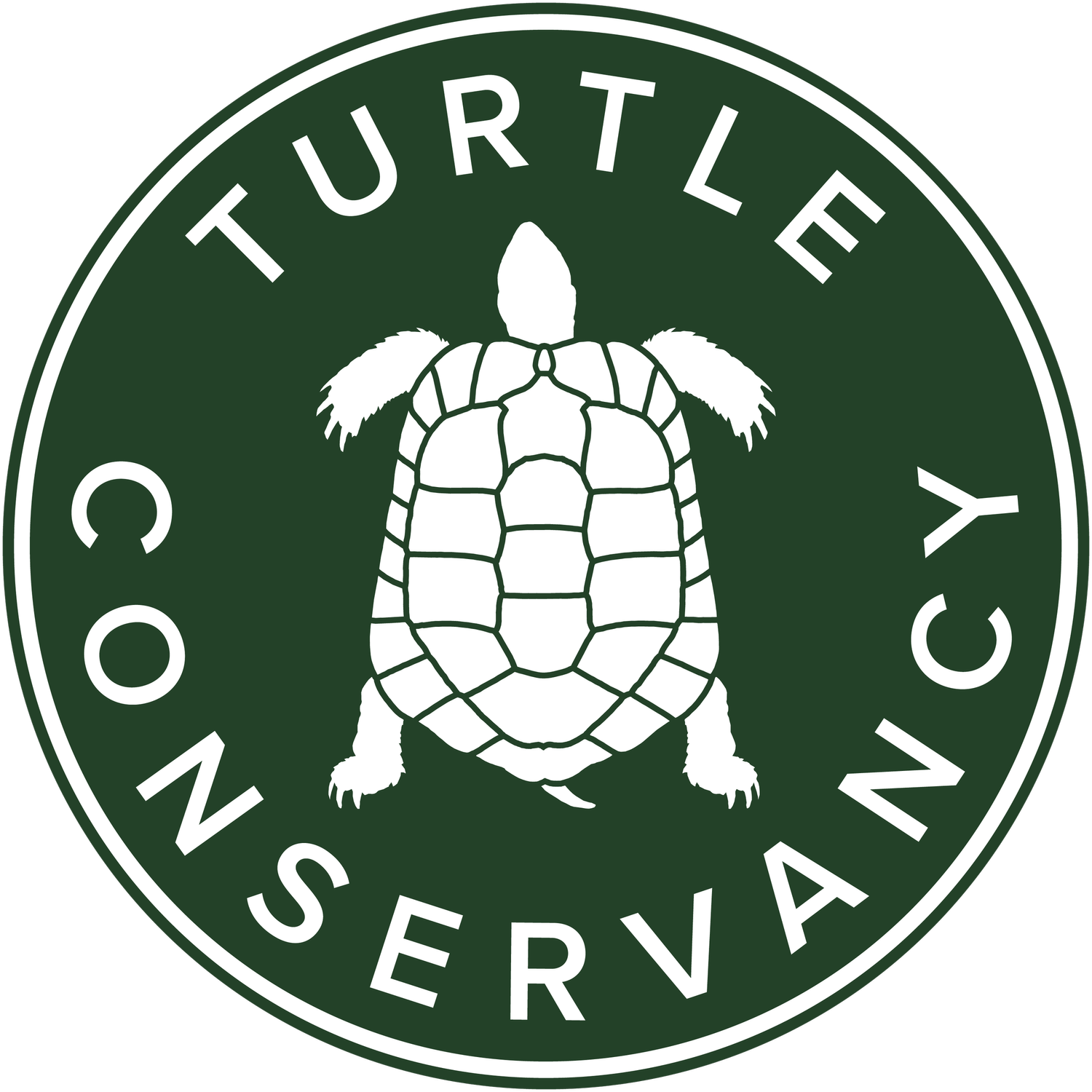TUCSON, ARIZONA (March 22, 2019) — Last month, some 40 wildlife conservation leaders and specialists representing 22 American and Mexican non-governmental organizations were gathered during the 44th Annual Symposium of the Desert Tortoise Council in Tucson, Arizona to celebrate recent successes and accelerate protection of transboundary wildlife corridors, with a focus on supporting private lands conservation on the U.S.-Mexico border states.
The symposium resulted in the creation of an informal working group dubbed the Border States Conservation Collaborative, whose participants include major landowners, scientists, representatives from regional and national non-profit conservation organizations, consultants and concerned conservationists from both the United States and Mexico.
“We came together to think about how we can do more as a collective for the sake of all wildlife, from tortoises and thick-billed parrots to black bears, Mexican wolves and jaguars,” said Eric Goode, president and CEO of the Turtle Conservancy. “And we realized we need to reach out more to the public and inform people about these species, their landscapes and their needs, of the threats they face and how we can address them.”
Participants focused on how best to build on existing programs and leverage interorganizational collaboration to enhance protection of key habitats, promote human and wildlife coexistence, raise public awareness, implement youth education and establish professional development opportunities to foster a sustainable economy that incorporates land restoration as a source of prosperity.
“Maintaining healthy and connected ecosystems is difficult where development, transportation corridors and hardening international boundaries bisect long-established wildlife corridors,” said Wildlands Network Mexico Program Director Juan Carlos Bravo. “It will take many coordinated efforts based on science and goodwill to preserve the diversity of life and its ability to move and adapt throughout the border states and across state and national borders.”
The Border States Conservation Collaborative concluded that despite the many threats posed to the region’s ecological integrity, creating a shared vision for protected binational wildlife corridors proudly stewarded by sustainable human communities is a powerful, hopeful and enduring vision for the future that is well worth a collective investment. The group’s next meeting is scheduled for August.
Present at this gathering were representatives of Borderlands Restoration, Cuenca Los Ojos, Defenders of Wildlife, Desert Tortoise Council, Diamond A Ranch Animas Foundation, Fondo Mexicano para la Conservación de la Naturaleza, A.C., Global Wildlife Conservation, International Union for Conservation of Nature Tortoise and Freshwater Turtle Specialist Group, Malpais Borderlands Group, Nature and Culture International, Northern Jaguar Project, Rancho El Aribabi, Rancho El Uno, Sky Island Alliance, The Nature Conservancy, Turner Endangered Species Fund, Turtle Conservancy, Universidad Juárez del Estado de Durango, University of Queretaro, and Wildlands Network.
Contact
Juan Carlos Bravo, Wildlands Network Mexico Program Director,
+521 6621 87 38 10, juancarlos@wildlandsnetwork.org

